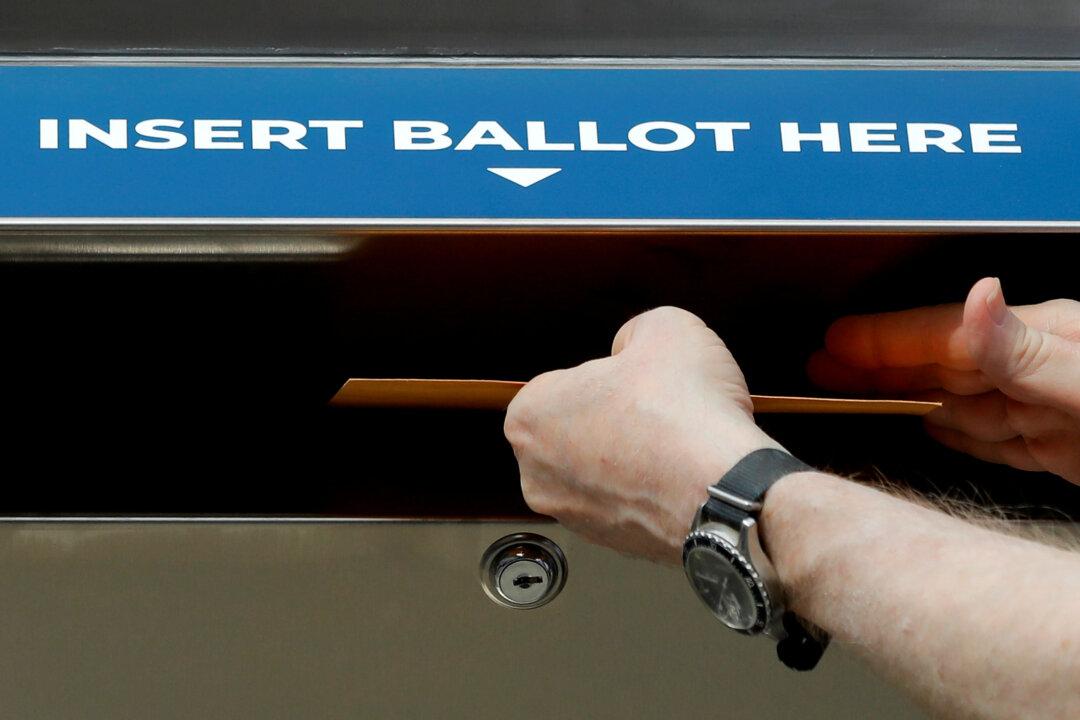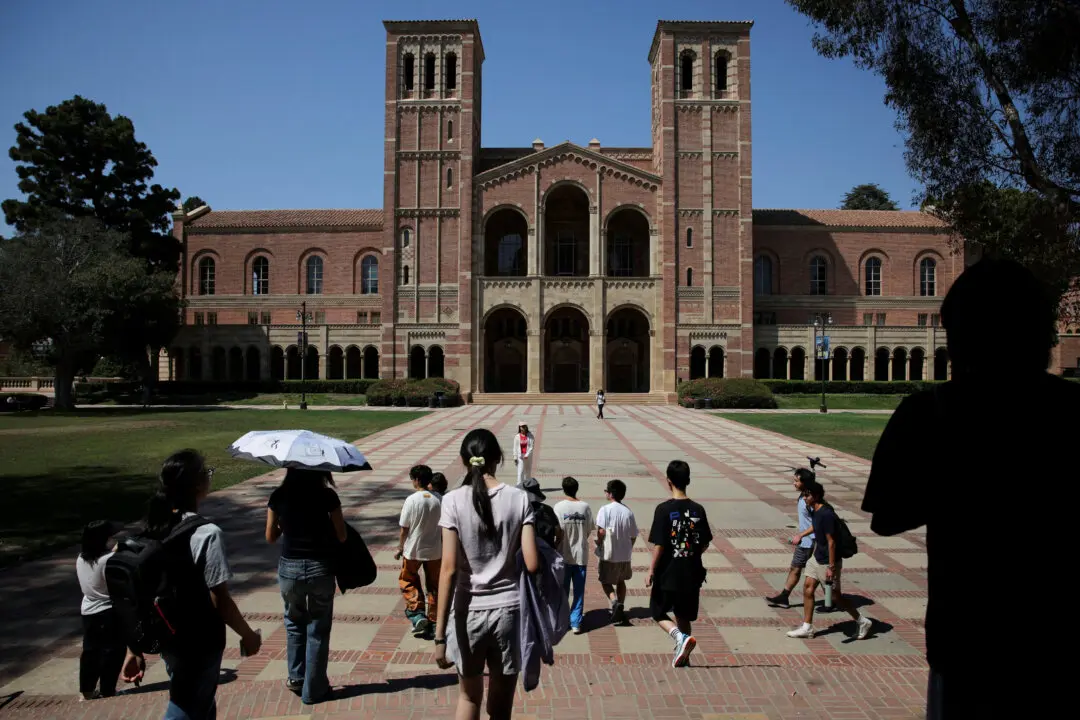Commentary
Imagine yourself a young professional or nearly finished graduate student, a law school graduate about to take the bar exam or a humanities Ph.D. going on the academic job market, or an early-career psychology researcher eager to make a name in your field. The odds are heavy that you are white and slightly that you are female.





